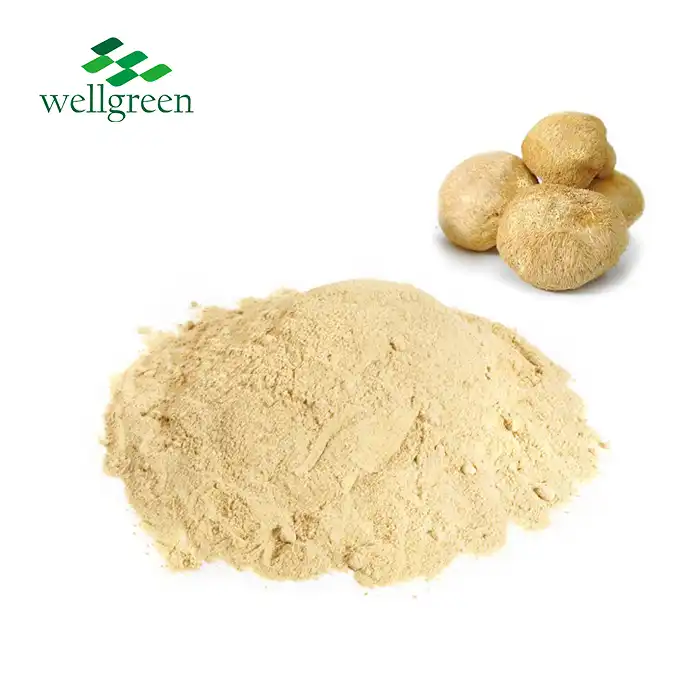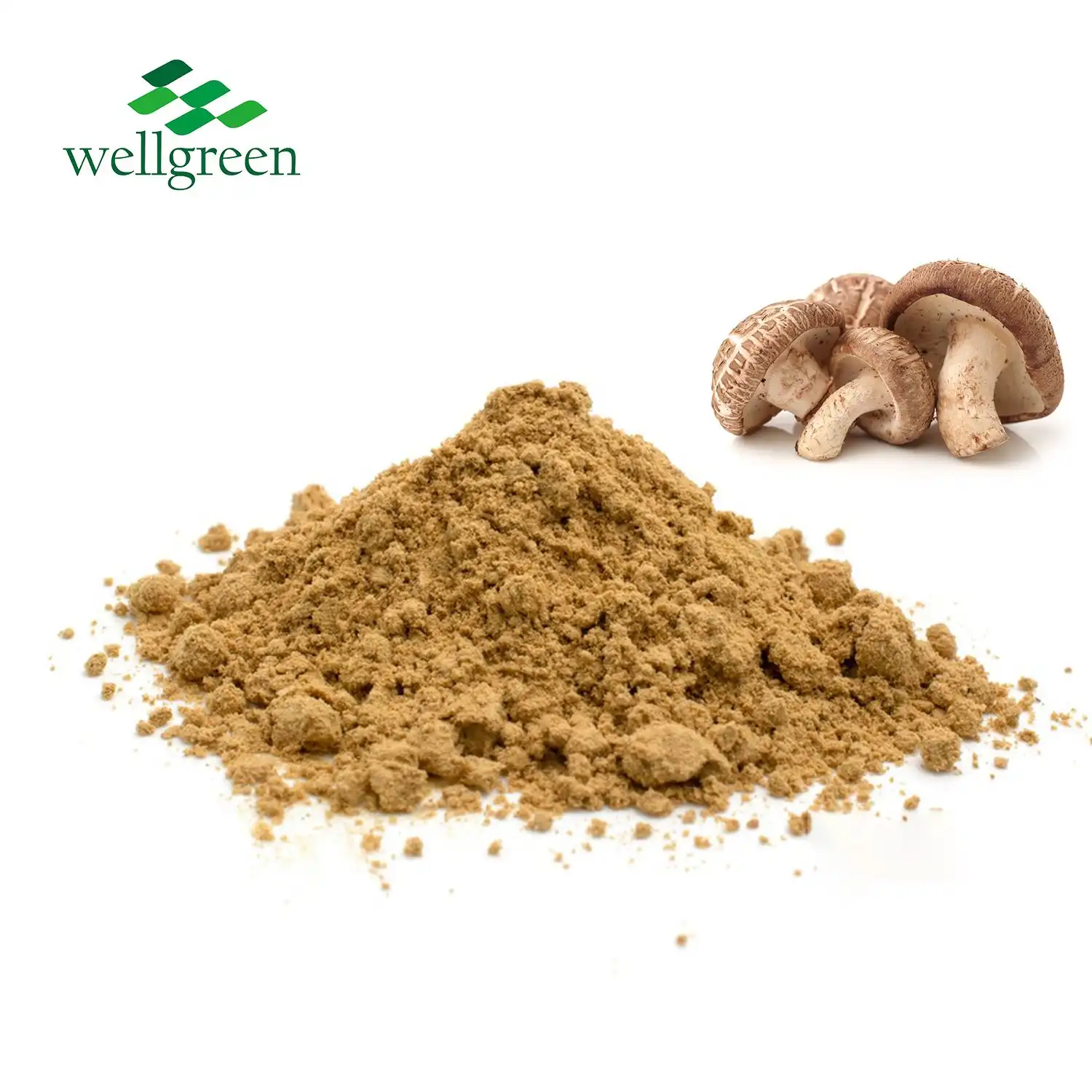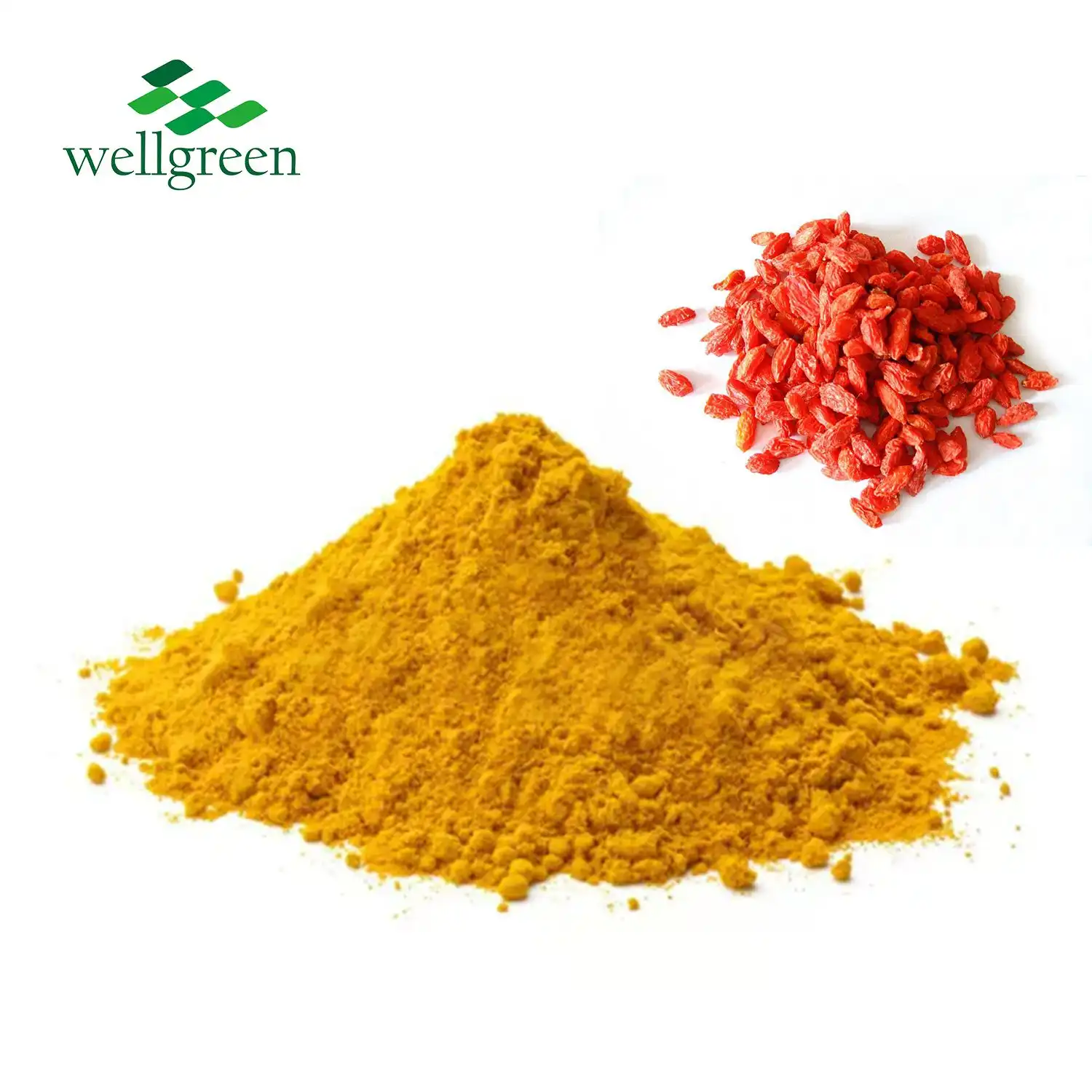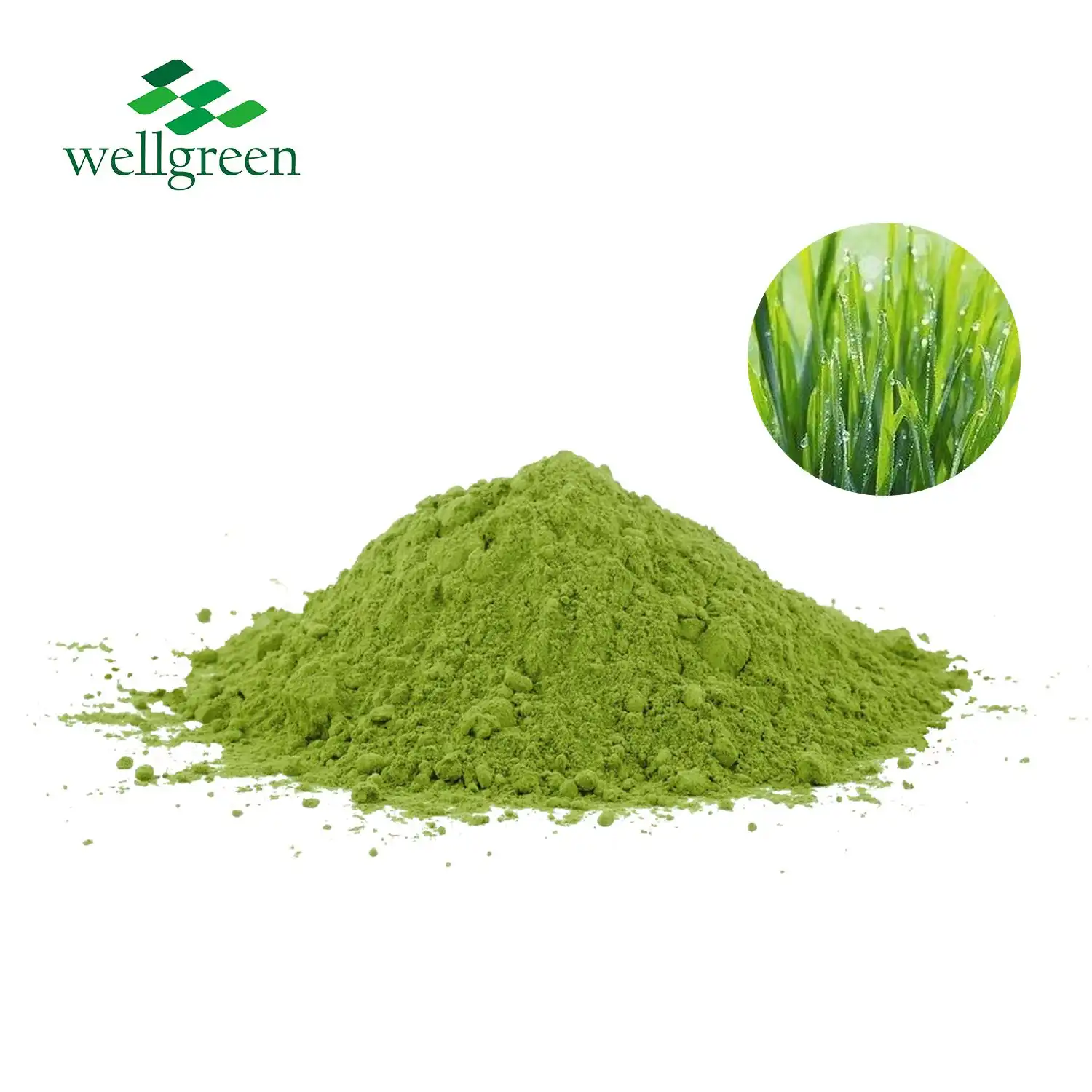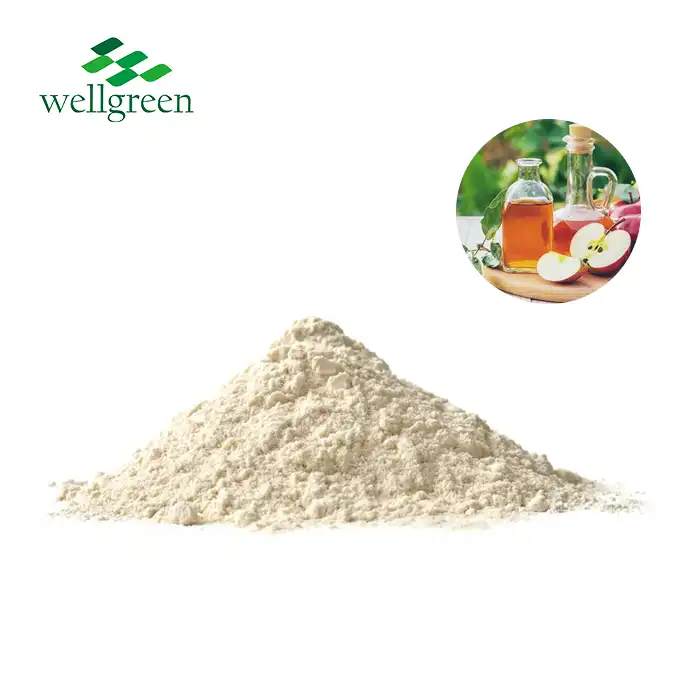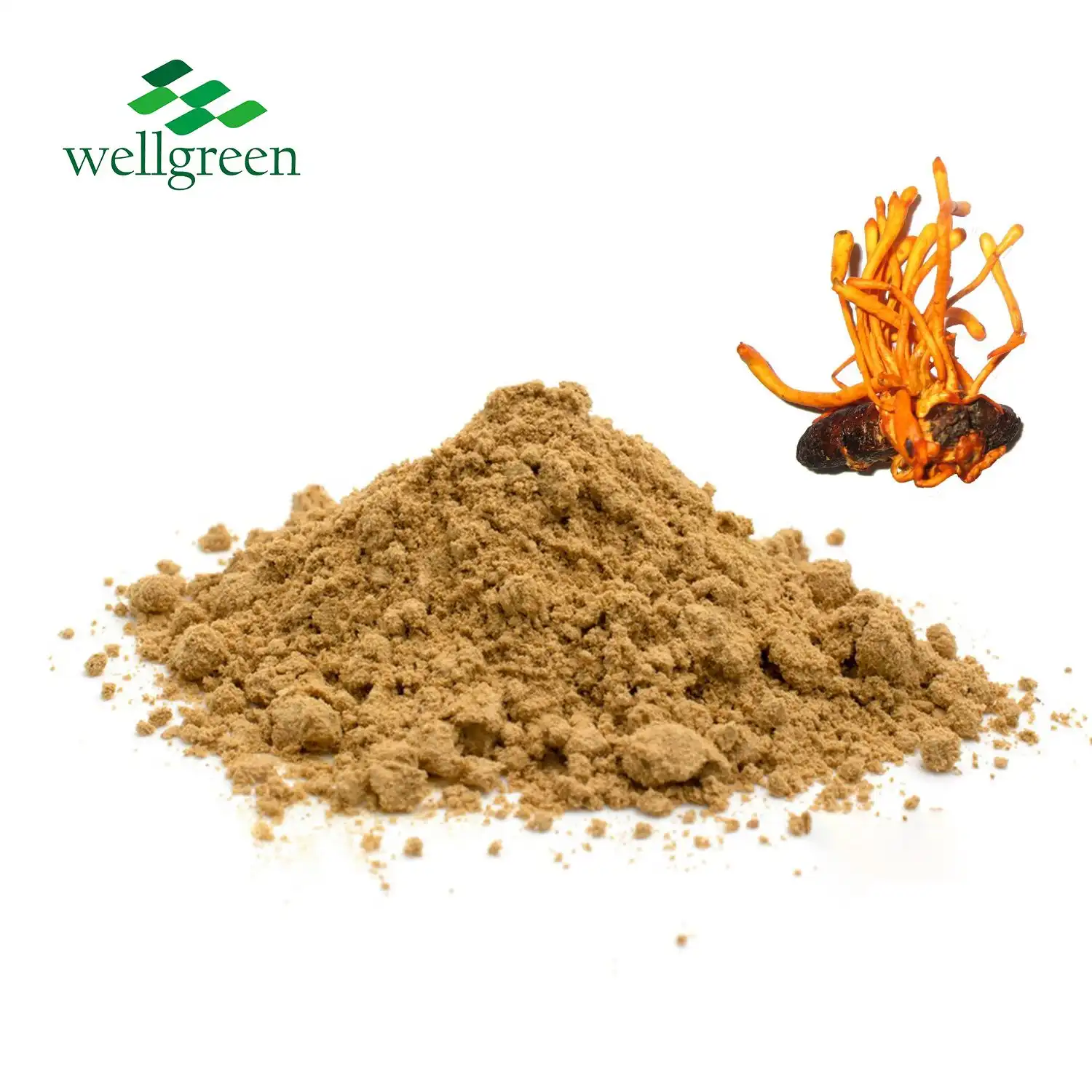Soapnut vs Castile Soap: Which One Is Better for Sensitive Skin?
2025-08-18 13:42:58
When it comes to choosing a gentle cleanser for sensitive skin, both soapnut extract and castile soap are popular natural options. However, soapnut extract edges out as the better choice for those with delicate skin. Derived from the fruit of Sapindus trees, soapnut extract contains saponins that provide a mild, non-irritating cleanse. Its natural pH-balancing properties and lower allergenic potential make it especially suitable for sensitive skin types. While castile soap offers benefits, the concentration of oils can sometimes be too harsh. Soapnut extract's ability to cleanse effectively while maintaining the skin's natural moisture barrier gives it the advantage for those seeking the gentlest natural skincare solution.

Key Ingredient Differences Between Soapnut and Castile Soap
Natural Saponins in Soapnut Extract
Soapnut extract, derived from the fruit of Sapindus trees, is rich in natural saponins. These organic compounds are responsible for the extract's gentle cleansing properties. Saponins create a soft lather when mixed with water, effectively removing dirt and oil without stripping the skin's natural moisture. The soapnut extract powder contains a high concentration of these beneficial saponins, making it an excellent choice for those seeking a natural, mild cleanser.
Oil-Based Composition of Castile Soap
Castile soap, on the other hand, is typically made from olive oil or a combination of vegetable oils. While these oils can be nourishing for the skin, they can also be potentially comedogenic for some individuals. The oil-based nature of castile soap means it may leave a residue on the skin, which can be problematic for those prone to acne or with extremely sensitive skin. In contrast, soapnut extract leaves no such residue, making it a cleaner option for delicate skin types.
Additives and Preservatives
One significant advantage of soapnut extract is its purity. High-quality soapnut extract powder often contains no additives or preservatives, making it an ideal choice for those with sensitive skin or allergies. Castile soap, while generally natural, may sometimes include additional ingredients for scent or preservation. These additives can potentially irritate sensitive skin. The simplicity of soapnut extract reduces the risk of adverse reactions, making it a safer option for those with reactive skin conditions.
pH Balance and Allergen Potential in Plant-Based Soaps
Skin's Natural pH and Cleansing
The skin's natural pH is slightly acidic, typically ranging from 4.5 to 6.5. Maintaining this pH balance is crucial for preserving the skin's protective barrier and overall health. Soapnut extract is naturally pH-balanced and tends to fall within this ideal range. This compatibility with the skin's natural pH helps prevent disruption of the acid mantle, reducing the risk of irritation and dryness. Castile soap, however, is alkaline with a pH around 9-10, which can potentially disrupt the skin's natural balance, especially for those with sensitive or reactive skin types.
Allergen Profiles of Natural Cleansers
When it comes to allergen potential, soapnut extract generally has a lower risk profile compared to castile soap. Soapnut extract powder is derived from a single source - the fruit of the Sapindus tree - which reduces the likelihood of multiple allergens. In contrast, castile soap, especially varieties that include multiple oils or additional ingredients, may have a higher potential for allergenic reactions. This makes soapnut extract a safer choice for individuals with known sensitivities or those prone to allergic reactions.
Impact on Skin Microbiome
The skin's microbiome plays a crucial role in maintaining skin health and protecting against harmful bacteria. Harsh cleansers can disrupt this delicate ecosystem, leading to skin issues. Soapnut extract's gentle cleansing action and natural antimicrobial properties support a healthy skin microbiome without overly stripping beneficial bacteria. Castile soap, while generally mild, may sometimes be too strong for very sensitive skin, potentially affecting the skin's natural microbial balance. The balanced approach of soapnut extract makes it a more microbiome-friendly option for those with sensitive or problematic skin.
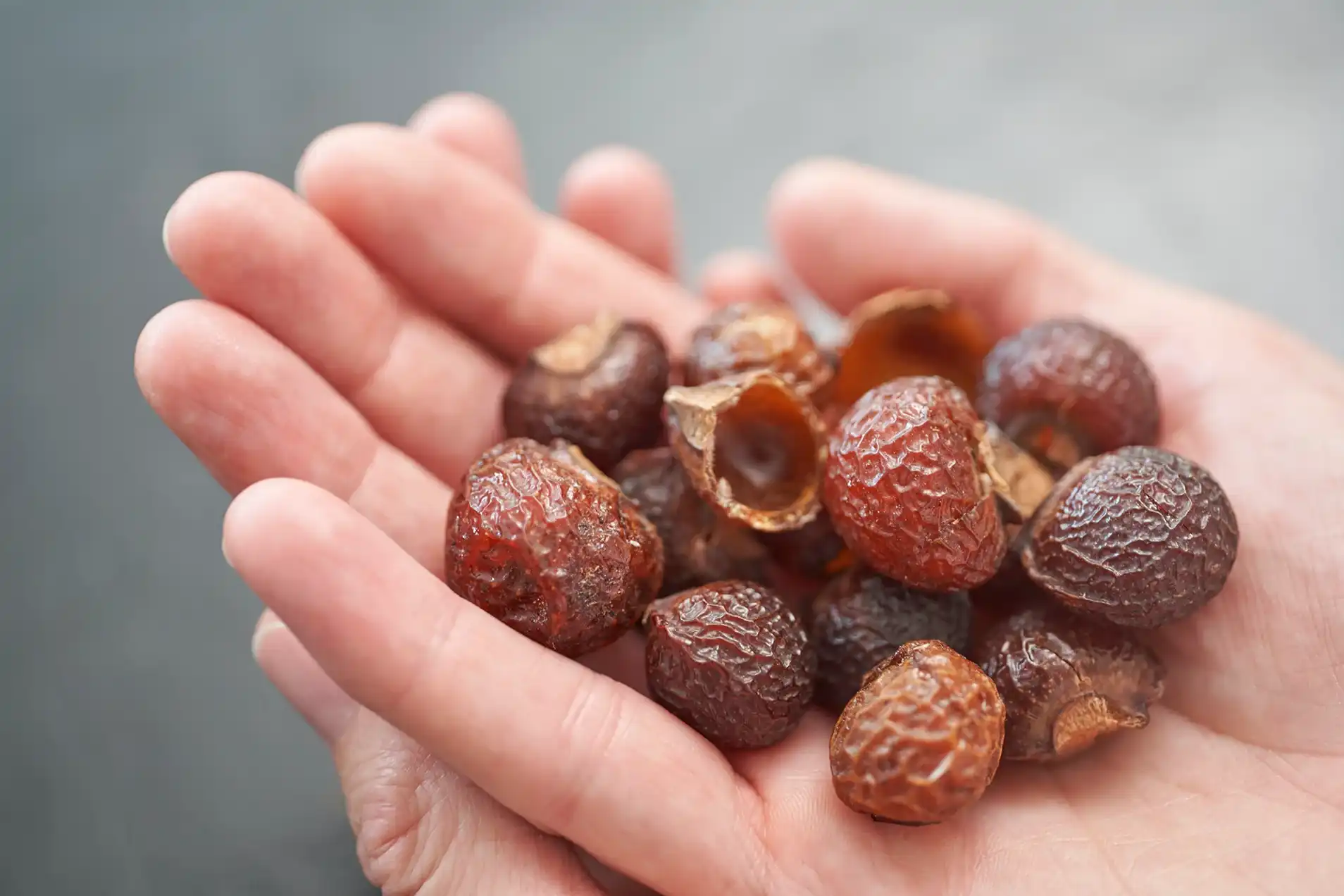
Which Natural Cleanser Offers Gentler Skin Protection?
Moisturizing Properties and Skin Barrier Function
When it comes to maintaining skin hydration and protecting the skin barrier, soapnut extract has a clear advantage. The natural saponins in soapnut extract cleanse without stripping away the skin's natural oils. This preserves the skin's moisture barrier, helping to prevent dryness and irritation. Additionally, soapnut extract contains natural moisturizing factors that can help hydrate the skin. Castile soap, while moisturizing due to its oil content, can sometimes leave a residue that may clog pores or feel heavy on sensitive skin. The lightweight nature of soapnut extract allows it to cleanse effectively while leaving the skin feeling soft and hydrated, not weighed down.
Anti-inflammatory and Soothing Effects
For those with sensitive or reactive skin, the anti-inflammatory properties of a cleanser are crucial. Soapnut extract powder contains natural compounds that have been shown to have anti-inflammatory and soothing effects on the skin. These properties can help calm irritated skin and reduce redness, making soapnut extract particularly beneficial for conditions like eczema or rosacea. While castile soap is generally gentle, it may not offer the same level of anti-inflammatory benefits as soapnut extract. The targeted soothing action of soapnut makes it a superior choice for those dealing with skin sensitivities or inflammatory skin conditions.
Long-term Skin Health and Protection
When considering long-term skin health, the choice of cleanser plays a significant role. Soapnut extract's balanced approach to cleansing, combined with its skin-supporting properties, makes it an excellent option for maintaining healthy skin over time. Regular use of soapnut extract can help strengthen the skin barrier, improve skin texture, and promote overall skin health. Its gentle nature means it can be used consistently without risk of over-cleansing or irritation. While castile soap can be a good natural option, the potential for pH disruption and residue build-up may make it less suitable for long-term use on sensitive skin. The cumulative benefits of using soapnut extract make it a superior choice for those looking to protect and nurture their skin's health in the long run.
Conclusion
In the comparison between soapnut extract and castile soap for sensitive skin, soapnut extract emerges as the superior choice. Its natural saponins provide gentle yet effective cleansing, while its pH-balancing properties and lower allergen potential make it ideal for delicate skin types. Soapnut extract's ability to maintain the skin's moisture barrier, coupled with its anti-inflammatory benefits, offers comprehensive care for sensitive skin. While both are natural options, the unique properties of soapnut extract make it particularly well-suited for those seeking a mild, non-irritating cleanser that supports long-term skin health.
Contact Us
Experience the gentle cleansing power of soapnut extract for yourself. For more information about our high-quality soapnut extract powder and other natural plant extracts, contact Xi'an Wellgreen at wgt@allwellcn.com. Let us help you discover the perfect natural solution for your sensitive skin needs.
References
1. Kumar, A., et al. (2019). "Sapindus mukorossi: A review on its phytochemistry and therapeutic potential." Journal of Ethnopharmacology, 240, 111831.
2. Goyal, S., et al. (2018). "Sapindus mukorossi: Phytochemistry and pharmacological profile." Research Journal of Pharmacy and Technology, 11(9), 4065-4068.
3. Ali, M., et al. (2017). "Comparative study of antimicrobial and phytochemical properties of different extracts of Sapindus mukorossi Gaertn." International Journal of Pharmacy and Pharmaceutical Sciences, 9(1), 26-29.
4. Chiang, L.C., et al. (2003). "In vitro antiviral activities of Caesalpinia pulcherrima and its related flavonoids." Journal of Antimicrobial Chemotherapy, 52(2), 194-198.
5. Upadhyay, A., & Singh, D.K. (2012). "Pharmacological effects of Sapindus mukorossi." Revista do Instituto de Medicina Tropical de São Paulo, 54(5), 273-280.
6. Sharma, A., et al. (2013). "Sapindus mukorossi (Reetha): A versatile source of natural surfactants." International Journal of ChemTech Research, 5(4), 1501-1506.

